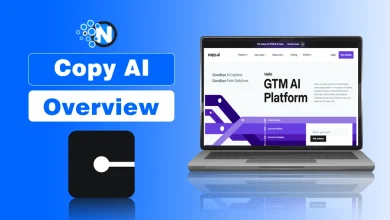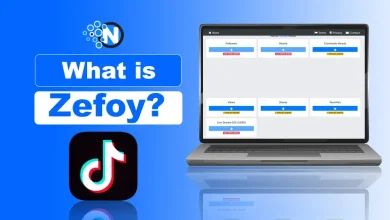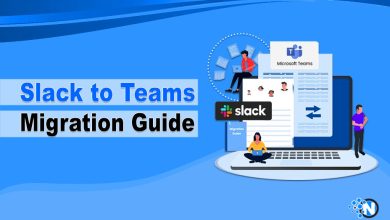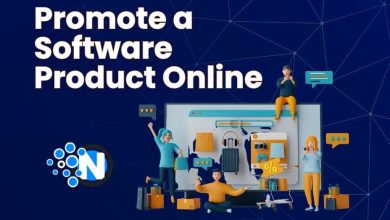How Open Source LMS Transforms Education
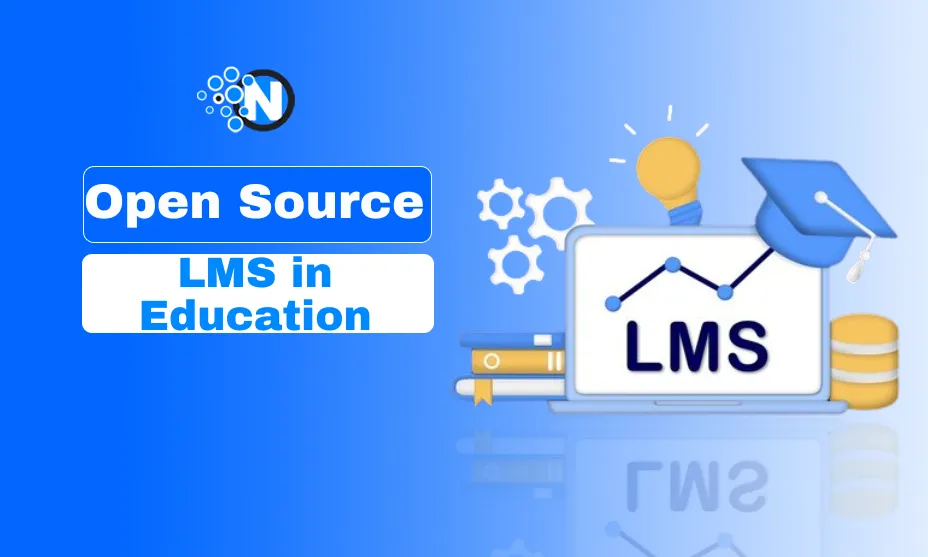
Learning Management Systems, or simply LMS, significantly changed the landscape of modern education in recent years. These platforms revolutionized how educational content is delivered and managed, making the whole experience more accessible, enjoyable, and efficient.
67% of educational institutions are in the planning stage of deploying digital learning platforms as LMS, According to Research.
With the number of organizations looking to develop their own LMS constantly growing, choosing the best option in today’s market can be challenging.
In this post, I will discuss the main advantages of open-source platforms and how they can transform education soon.
Let’s start with an introduction!
What is an Open Source LMS?
Start creating Verdict in seconds, and convert more of your visitors into leads.
Open Source LMS (Learning Management System) is a software solution designed for educational purposes that is openly accessible and free for anyone to use, modify, and distribute.
The source code of an open source LMS is available to the public, allowing developers to make necessary changes and enhance the platform according to their needs. This type of LMS usually offers a range of features, including course creation, content management, learner tracking, and communication tools.

Ways How Open Source LMS Transforms Education
Start creating Verdict in seconds, and convert more of your visitors into leads.
Open Source Learning Management Systems (LMS) have been transformative for education in several powerful ways. Here are some notable ones:
1. Democratizing Education
Open-source LMS played a critical role in making education more accessible in recent years. Without constraints associated with physical classrooms and traditional teaching styles, organizations can invest more in content and user-friendly features.
If you compare open-source platforms with proprietary ones or other options on the market in terms of costs, open-source will be much more favorable, too. So, by adopting this technology, organizations can offer affordable educational courses, eliminating geographical barriers or limited access issues.
Also, due to the high customization level and advanced content management system in open-source systems, educators can provide self-paced learning experiences to users. Automated grading, self-assessment capabilities, and micro-learning approach to course materials enable students with full-time work or from distant locations to have a wholesome experience with better learning outcomes.

2. Customization and Flexibility
As we already mentioned, one of the key advantages of open-source LMS is the high level of customization and overall flexibility available. With proprietary off-the-shelf solutions, you need to plan educational experiences in advance and don’t have much room for growth and change after launching the product.
But, the best open source LMS platforms allow the creation of unique designs, content management systems, and data analytics protocols due to modular structure, vast integration capabilities, and custom plugins available.
Creating a design and user interface that align with existing brand visual guidelines helps students connect with LMS. Educators have almost unlimited possibilities for customizing learning experiences, like adding multimedia elements, simulations, gamification components, virtual classrooms, group projects, or virtual reality presentations.
All of these influence learning outcomes and knowledge retention positively, allowing LMS to deliver unique and revolutionary experiences to students. Open-source software is also more scalable, which enables organizations to accommodate a system according to diverse user bases and growing course offerings without investing more money and manpower. With proprietary platforms, this creative approach and trying new teaching styles are not possible.
3. Collaborative Learning
Open-source platforms provide a great range of tools and features, which are crucial for a collaborative learning approach that has become increasingly popular in recent years among educational professionals. Discussion forums, live chats, video conferencing, and virtual classrooms foster student collaboration and communication. They can engage in meaningful conversations on the subject matter and share knowledge.
Group projects, especially using group editing tools, are great for developing problem-solving and critical-thinking skills. Moderated debates and live discussions with teachers are extremely useful for broadening learners’ horizons and developing a deeper understanding of course material. Due to more effective and quick communication capabilities, teacher-student and teacher-to-teacher messaging is much easier.
Educators can provide instant feedback and mentorship and share teaching styles, custom content, and best practices with each other. Because of its wide range of integration and multilingual capabilities, open-source LMS is much better for facilitating collaborative learning.
Integration with Open Educational Resources (OER)
Start creating Verdict in seconds, and convert more of your visitors into leads.
Usually, an open source LMS software is integrated with OER platforms that provide a wide range of free and openly accessible educational materials. They can include but are not limited to textbooks, multimedia content, virtual simulations, and more. These resources are created by educators worldwide and distributed for free or sometimes for a really small cost.
Organizations can save a lot of money by using OER and redirect those resources to other aspects of their learning management systems. Because open educational resources are in an active community of education professionals, it is constantly have revisions, so LMS owners can be sure that materials are relevant and have a certain level of quality.
Continuous Improvement and Innovation
Start creating Verdict in seconds, and convert more of your visitors into leads.
Open-source platforms constantly benefit from a diverse and dedicated community of IT professionals around them. Users contribute to the software development process and ensure continuous improvement of their favorite systems. Community members are able to provide feedback, report bugs and possible data breaches, suggest new features, and even provide their own code for boosting LMS performance.
Tech talent from all over the globe develops their own custom modules, themes, and plugins, which are available online for free and can be a great addition to your e-learning platform. Community members also usually try the newest technologies and content strategies earlier than proprietary LMS vendors, providing useful feedback and best practices and sharing other knowledge of the platform.
Due to source code being open for revisions for free, tens of thousands of IT professionals with different expertise and backgrounds regularly search for bugs and potential vulnerabilities. With off-the-shelf solutions, you will need to wait for official patches, and with an enormous amount of student data, organizations can’t take this risk of exposure.
What Are Headphone Conclusion?
Start creating Verdict in seconds, and convert more of your visitors into leads.
Many consider open-source LMS platforms the best option available today. The list of advantages is long, and in this post, we touched upon only the main ones. By removing many technical, budgetary, and physical access constraints, an open source LMS for education can amazingly improve learning.
The community around those platforms only grows with their popularity, and we can be sure that millions of tech specialists will continue to work hard on making open-source systems better and provide completely free additions to their core. Open-source Learning Management Systems will continue to shape the future of the education industry and create more effective learning experiences for people around the world.

